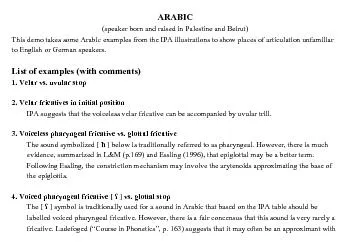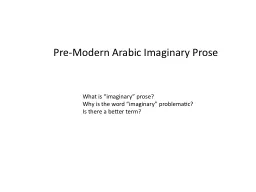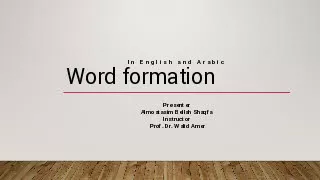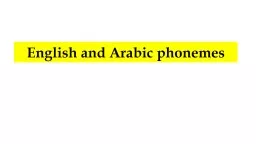PDF-This demo takes some Arabic examples from the IPA illustrations to sho
Author : test | Published Date : 2015-12-01
considerable laryngealization creaky voice LM also suggest that like the voiceless pharyngealfricative this sound is likely to have an epiglottal rather than a pharyngeal
Presentation Embed Code
Download Presentation
Download Presentation The PPT/PDF document "This demo takes some Arabic examples fro..." is the property of its rightful owner. Permission is granted to download and print the materials on this website for personal, non-commercial use only, and to display it on your personal computer provided you do not modify the materials and that you retain all copyright notices contained in the materials. By downloading content from our website, you accept the terms of this agreement.
This demo takes some Arabic examples from the IPA illustrations to sho: Transcript
Download Rules Of Document
"This demo takes some Arabic examples from the IPA illustrations to sho"The content belongs to its owner. You may download and print it for personal use, without modification, and keep all copyright notices. By downloading, you agree to these terms.
Related Documents














